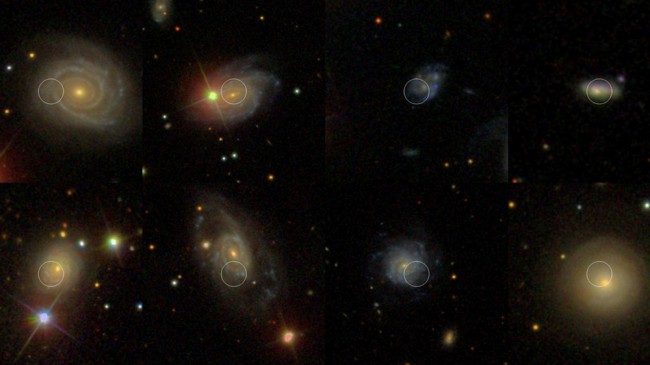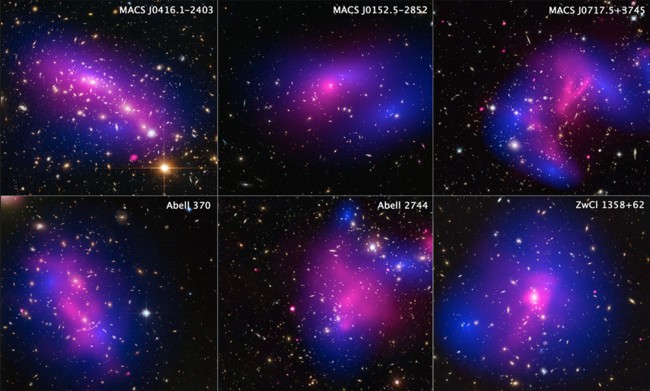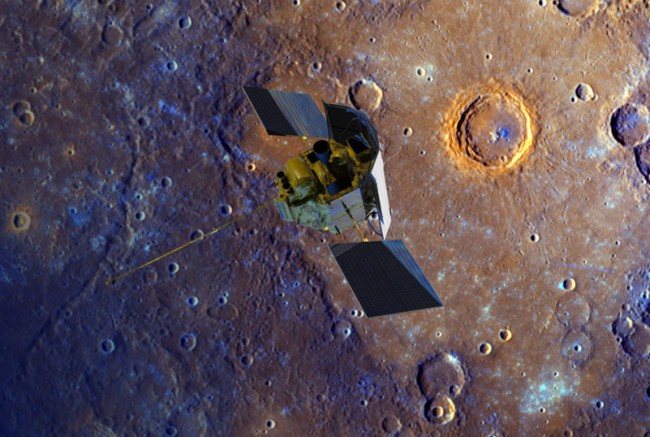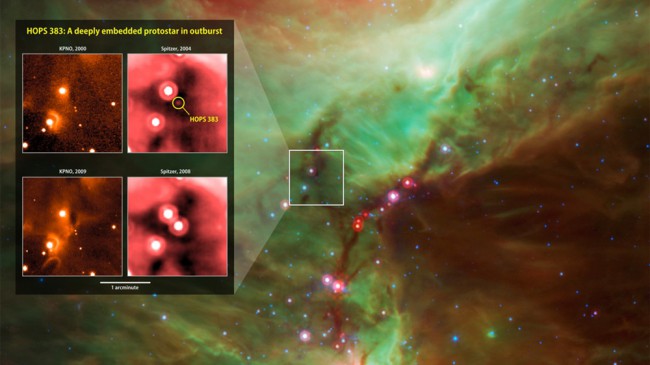Einstein’s Universe Turns 100
One hundred years ago, on 15th April 1915, a 36-year-old Albert Einstein presented the complete formulation of the General Theory of Relativity to the Prussian Academy of Sciences. Across the world, events and conferences will be celebrating what is considered, without hyperbole, the most beautiful of physical theories, marrying mathematics with physical concepts in deeply …





